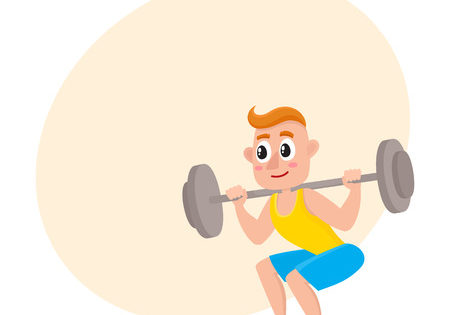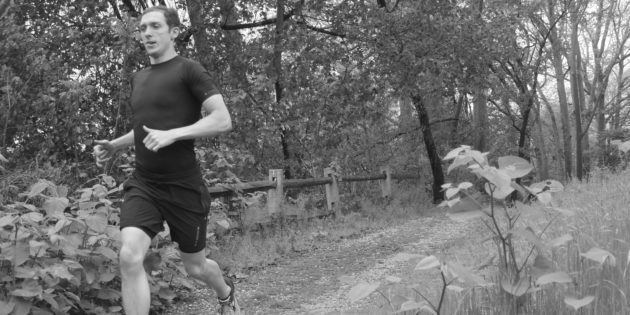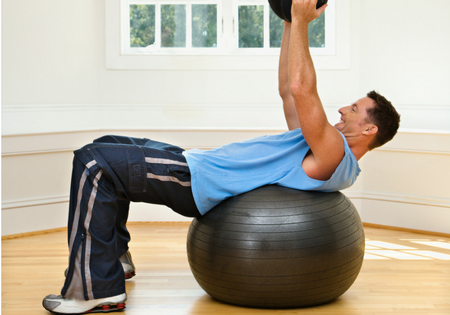How to improve your bucket carry for faster OCR results.
The “Bucket Carry” is rough. There is no way around it. A heavy bucket and a steep climb is a recipe for pain.
Perseverance and determination can get you through a carry. However, you decrease your suffering with a training plan.
Learn to build “carry” muscles and:
- Improve efficiency.
- Reduce recovery time.
- Conserve auxiliary muscle for following obstacles.
Long walks with an “overloaded” bucket is a common training mistake. You can build a better bucket carry without a grueling workout. Have a smart plan and get the gym.
Three Ways to Build a Beast Bucket Carry.
Activate your lats to save energy.
Your Latissimus dorsi or “lats” are a game changer for your carry game. Your “lats” are some of the biggest muscles in your body and one of the strongest when trained.
Learn to activate your “lats” by pulling your shoulders down and away from your ears and screwing your elbow in. Think about pulling your shoulder blades into your back pockets and while holding something between your elbow and ribs.
Squeeze the bucket with your elbows to activate your lats during your carry. When your lats fire you can hold the bucket without hands.
*** Pro tip***
Hug the bucket and loop both hands through your racer wristband as you start the carry. You will not have to grab the bottom of the bucket when you are squeezing your lats. Your grip, forearms, and back will thank you later.
Learn to engage your lats at the gym.
3 x 6-10 controlled reps
3 x 6-10 controlled reps
3 x 10-20 second holds
Strengthen your “Lower Traps” to avoid back burn out.
Your lower traps help scapular retraction and depression (pulling your shoulders blades back and down). Strong lower traps will add stability to your torso for strong position during a carry.
A front-loaded carry will pull your shoulder forward. A poor position will blow up your lower back and force you to slow or stop. Build lower trap strength for better posture, less back discomfort, and with faster results.
How to build your “lower traps”.
3 x 5 with 4-second hold – use very lightweight
4 x 8-10 – lightweight
3 x 6-8 with 2-2-2 tempo
Activate your hamstrings for faster results.
Carrying a bucket up a steep hill will tax your legs. Steep loaded hill climbs require activation from the quads, glutes, and hamstring.
Athletes are often front dominate leaving the hamstrings underdeveloped. During a big effort, like a bucket carry up a mountain, your weak hamstring will fatigue quickly forcing you to slow. Create a balance between your anterior and posterior for a more efficient carry.
How to develop your hammies.
3 x 15-20
3 x 8-10 each leg – light to moderate weight
Mistake to avoid during your carry.
OCR athletes try to shrug their shoulders while using their arms to carry the bucket load. You will waste energy for upcoming obstacles, and the bucket will pull you out of position. Poor positioning will burn up your back and legs. If you rely on your arms during a carry you will burn out your biceps and grip for climbing obstacles. Keep tight through your back and squeeze with the lats to conserve forearm and bicep strength.
Putting your bucket routine together.
Take one of each movement from above and work it into your a “warm-up” circuit before your workout. The circuit will also help you in your pulling and running workouts for OCR
OCR Warmup:
3 Rounds
Build the pieces of a strong bucket carry to pass your competition. Take time to prepare before you put yourself through a grueling workout.
Free OCR Workouts
Don't miss my free:
- OCR Workouts
- Training Tips and
- Running Guidance



